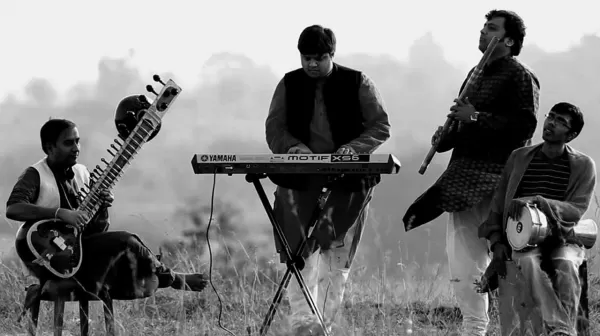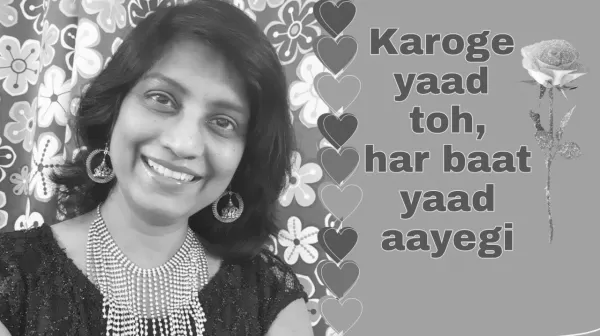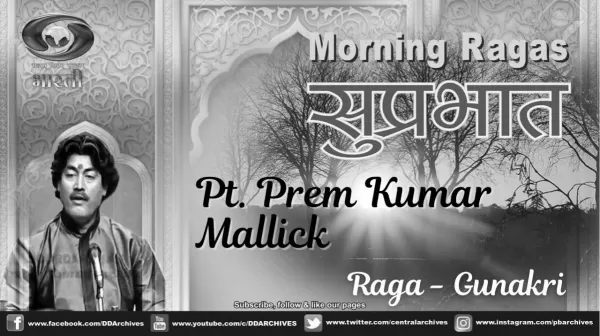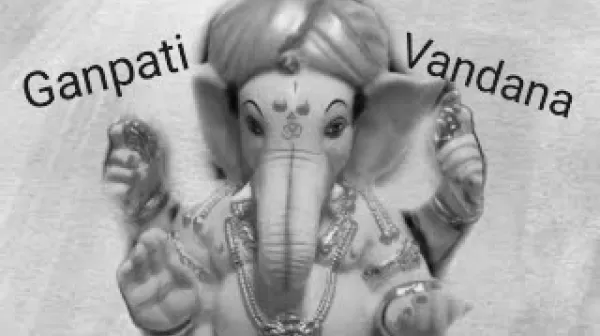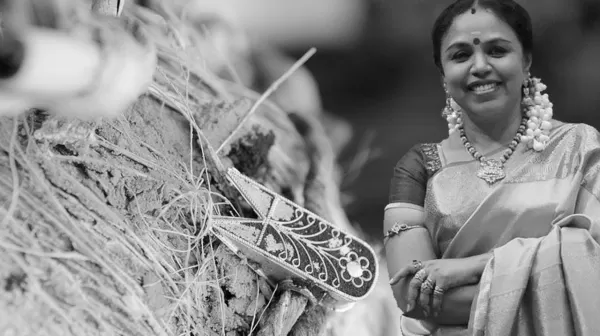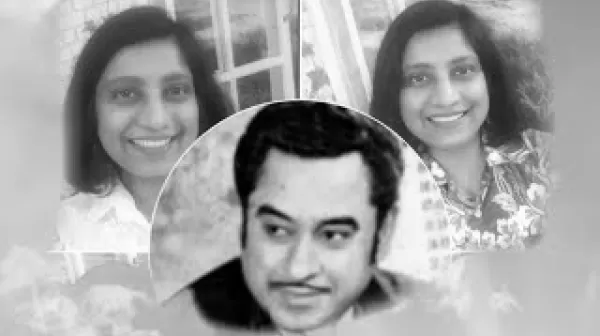राग
Carnatic Vocal ❤️ Pullai Piravi Thara Vendum ❤️ Sri Krishna Gaanam ❤️ S.Sowmya
Carnatic music is a system of music commonly associated with the southern part of the Indian subcontinent, with its area roughly confined to four modern states of India: Andhra Pradesh, Karnataka, Kerala, and Tamil Nadu. It is one of two main sub genres of Indian classical music that evolved from ancient Hindu traditions; the other sub genre being Hindustani music, which emerged as a distinct form because of Persian and Islamic influences in North India. S. Sowmya is a Carnatic music singer. She learnt music initially from her father Dr. Srinivasan, and later from Dr. S.
Carnatic Vocal ❤️ Vallabha Nayaka ❤️ Om Sri Gananayaka ❤️ S.Sowmya
Carnatic Music is one of world's oldest and richest musical traditions. It primarily comprises a monophonic song based on improvised variations. The melody infused ragas called alapana are introduced and developed gradually. It begins with Varnam a warm up of sort for the musicians followed by exchange of ragas and thalas intermixed with kritis and pallavi. The main emphasis in Carnatic music is on vocal music; most compositions are written to be sung, and even when played on instruments, they are meant to be performed in gāyaki (singing) style. S. Sowmya is a Carnatic music singer.
Sandeep Narayan ❤️ Classical Vocal ❤️ Paramashiva ❤️ Paada Vendume Isai Paada Vendume
Sandeep Narayan - Classical Vocal - Paramashiva - Paada Vendume Isai Paada Vendume Paadavendume is a composition by Dandapani Deshikar. It is set in Hamsanadam ragam and Rupaka talam. Vocal - Sandeep Narayan Violin - Mysore V Srikanth Mridangam - Neyveli B Venkatesh Kanjira - KV Gopalakrishnan Click below to Subscribe to our Channel for Regular Videos!
Carnatic Vocal ❤️ Sri Krishna Gaanam ❤️ Naa Thirai Thai ❤️ S.Sowmya
Carnatic Music is one of world's oldest and richest musical traditions. It primarily comprises a monophonic song based on improvised variations. The melody infused ragas called alapana are introduced and developed gradually. It begins with Varnam a warm up of sort for the musicians followed by exchange of ragas and thalas intermixed with kritis and pallavi. The main emphasis in Carnatic music is on vocal music; most compositions are written to be sung, and even when played on instruments, they are meant to be performed in gāyaki (singing) style.
Carnatic Vocal ❤️ Tharunam Idhu ❤️ Om Sri Gananayaka ❤️ S.Sowmya
Carnatic music is a system of music commonly associated with the southern part of the Indian subcontinent, with its area roughly confined to four modern states of India: Andhra Pradesh, Karnataka, Kerala, and Tamil Nadu. It is one of two main sub genres of Indian classical music that evolved from ancient Hindu traditions; the other sub genre being Hindustani music, which emerged as a distinct form because of Persian and Islamic influences in North India.
Classical Instrumental ❤️ Nadhaswaram ❤️ Samaganapriye ❤️ Jayashankar & Valayapatti Subramaniam
Classical music is art music produced or rooted in the traditions of Western music (both liturgical and secular). It encompasses a broad span of time from roughly the 11th century to the present day. Carnatic music is a system of music commonly associated with the southern part of the Indian subcontinent, with its area roughly confined to four modern states of India: Andhra Pradesh, Karnataka, Kerala, and Tamil Nadu.
Classical Vocal ❤️ Paramashiva ❤️ Paramananda ❤️ Sandeep Narayan
Carnatic music is a system of music commonly associated with the southern part of the Indian subcontinent, with its area roughly confined to four modern states of India: Andhra Pradesh, Karnataka, Kerala, and Tamil Nadu. Classical music is art music produced or rooted in the traditions of Western music (both liturgical and secular). It encompasses a broad span of time from roughly the 11th century to the present day. Sandeep Narayan is a disciple of the well acclaimed musician, Sri Sanjay Subrahmanyan.
Carnatic Vocal ❤️ Madanaanga Mohana ❤️ Sri Krishna Gaanam ❤️ S. Sowmya
Carnatic music is a system of music commonly associated with the southern part of the Indian subcontinent, with its area roughly confined to four modern states of India: Andhra Pradesh, Karnataka, Kerala, and Tamil Nadu. It is one of two main sub genres of Indian classical music that evolved from ancient Hindu traditions; the other sub genre being Hindustani music, which emerged as a distinct form because of Persian and Islamic influences in North India. S. Sowmya is a Carnatic music singer. She learnt music initially from her father Dr. Srinivasan, and later from Dr. S.
Carnatic Vocal ❤️ Saranam Siddhi Vinayaka ❤️ Om Sri Gananayaka ❤️ S.Sowmya
Carnatic music is a system of music commonly associated with the southern part of the Indian subcontinent, with its area roughly confined to four modern states of India: Andhra Pradesh, Karnataka, Kerala, and Tamil Nadu. It is one of two main sub genres of Indian classical music that evolved from ancient Hindu traditions; the other sub genre being Hindustani music, which emerged as a distinct form because of Persian and Islamic influences in North India. S. Sowmya is a Carnatic music singer. She learnt music initially from her father Dr. Srinivasan, and later from Dr. S.
Vatapi Ganapathim ❤️ Nadhaswaram ❤️ Classical Instrumental ❤️ Jayashankar & Valayapatti Subramaniam
Vatapi Ganapatim, also known as Vatapi ganapatim bhaje ham or Vatapi ganapatim bhaje, is a Sanskrit kriti song by the South Indian poet-composer Muthuswami Dikshitar (1775–1835), one of the "Trinity of Carnatic music". The panegyrical hymn praises Vatapi Ganapati, Ganesha (Ganapati) worshipped in a shrine in Tiruchenkattankudi in the Indian state of Tamil Nadu. The hymn is composed in Hamsadhvani raga (musical mode), however in tradition of kritis, individual performers add their own variations in the tune.

